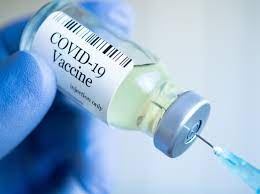The first phases of COVID-19 vaccination efforts have resulted in 40% of the population being fully vaccinated. Much of the remaining 60% are fighting for equity in economically and technologically disadvantaged counties.
CNN has analyzed the federal data on the COVID-19 vaccination rates in the U.S. and has found correlations between socially and economically disadvantaged populations and the COVID-19 vaccination rates. CNN discovered that a county’s vaccination coverage increased three percentage points for every $10,000 more in median household income. The average poverty rate of counties with smaller shares of vaccinated populations is also at 16%, while at 12% in counties with higher vaccination rates.
Those living in economically and technologically disadvantaged counties are not only having trouble accessing vaccines but are lacking in health literacy as well. Dr. Richard Besser, President and Chief Executive Officer of the Robert Wood Johnson Foundation said, “Health behaviors (like getting a Covid-19 vaccine) are, in part, a personal choice, but one of the things that's often said is that the choices we make depend on the choices that we have. For someone who doesn't have internet access, there's not much choice there in being able to go online and schedule your appointment."
According to the Chief Executive Officer of the National Rural Health Association, Alan Morgan, many living in rural communities don’t understand that it is free to receive a COVID-19 vaccination and can’t afford to take time away from work to get one.
Although many are still facing equity boundaries, some governments have higher vaccination coverage in disadvantaged counties. Some of the practices these states have used include prioritizing minorities in the early phases of vaccination implementation, monitoring barriers, directing vaccinations to disadvantaged counties, and offering free transportation to vaccination sites.
Governments are able to enhance public health and increase vaccination equity through education and by offering services that prioritize underserved counties.























